Information/Write-up
Arranged by Aaron Davis (tracks 2, 6), Fred Lipsius (track 11), Hilario Durán (track 12), Lou Pomanti (track 8)
George Koller: bass
Luis Obregoso: congas, percussion (track 12)
Ben Riley: drums (tracks: 5, 10)
Ben Wittman: drums (tracks 2, 3, 6, 9, 11, 13)
Larnell Lewis: drums (tracks 4, 7, 8)
Lowell Whitty: drums (track 1)
Cherry Leon: drums, timbales, percussion (track 12)
Lou Pomanti: keyboards (tracks 1, 3, 7, 11)
Aaron Davis: piano (tracks 2, 6)
Hilario Durán: piano (track 12)
Lou Pomanti: piano (tracks 1, 8, 11)
Mark KieswetterI piano (track 10)
Lou Pomanti: wurlitzer piano (track 3)
Alexis Baro: trumpet (tracks 8, 11, 12)
Jason Logue: trumpet (tracks 8, 11)
Produced by David Clayton-Thomas and George Koller
'I'll Never Smile Again.' Song by Ruth Lowe. Written in Toronto in June 1939 following the death of her first husband, Harold Cohen, it was introduced by Percy Faith's orchestra on CBC Radio. Tommy Dorsey, who was appearing at the 1939 Canadian National Exhibition (CNE), heard a recording of Faith's performance and arranged for the song's publication by Sun Music. Though introduced in the USA by Glenn Miller on radio, the song was a No. 1 hit for Dorsey on a 1940 Victor recording featuring Frank Sinatra. (This recording was inducted into the Grammy Hall of Fame in 1982.) A perfect encapsulation of the sentiments of those separated from loved ones by World War II, the song was later recorded by Miller, the Ink Spots, Tony Martin, Sarah Vaughan, and others. The Happy Gang also had a hand in popularizing the song in Canada. It was recorded in French as "Je ne sourirai plus," by Lionel Parent in 1940 (Starr 16380).
By 2004 "I'll Never Smile Again" had become an enduring standard in jazz and pop idioms. It received an ASCAP award in 1940, and was inducted into the Canadian Songwriters Hall of Fame (2003). It was included on a BMG boxed set of Dorsey and Sinatra songs in 1994. It is estimated that "I'll Never Smile Again" has been recorded more than 100 times. Recent recordings include those by Canadians Michael Bublé, Oscar Peterson, Juliette, and the Susie Arioli Swing Band; by Barry Manilow; and as an instrumental by Joe Lovano. Hal Leonard reissued the sheet music in 1997. The song appears in numerous recordings and songbooks of the music of World War II.
The poignant war-time ballad I’ll Never Smile Again has the double distinction of being the first No. 1 record on Billboard’s modern chart, and also of being the vehicle that elevated the legendary Frank Sinatra to international stardom.
Ruth Lowe wrote this song shortly after the death of her first husband, Harold Cohen. Although, it is widely believed that Frank Sinatra was the first to record I’ll Never Smile Again, it was actually first broadcast to CBC listeners in 1939 on Percy Faith’s CBC radio program Music by Faith. The song became Sinatra’s first #1 record. In fact, Frank Sinatra and Tommy Dorsey’s version was so popular that it was selected in 1958 as one of the best pop songs of all time. Lowe also wrote Put Your Dreams Away (For Another Day), which was Frank Sinatra’s closing theme for many years. I’ll Never Smile Again received Grammy honours a year after Lowe’s death, when it was inducted into the American Recording Hall of Fame.
Popular Toronto conductor Percy Faith was the first to perform the song, on radio: Lowe explained: “I worked for CBC at the time. He came into the studio one day and he heard us rehearsing the song, and he rather liked it, and he asked if he could perform it for us.” Faith arranged the song for string orchestra, and broadcast it on his CBC radio show “Music by Faith.”
Next, when US band leader Tommy Dorsey performed at Toronto’s Canadian National Exhibition, Lowe took Faith’s unedited acetate recording, waiting at the musicians’ entrance for an opportunity to hand the record to him.
Dorsey immediately knew the timing was right for a song about separation and loss, with Canada at war, and America about to enter the conflict. He arranged for the sheet music to be published, and Glenn Miller introduced the song on U.S. radio and in 1940 made the first studio recording.
Meanwhile, in April 1940 Dorsey went into a studio with a rising young singer he had recently engaged. With Frank Sinatra, Dorsey recorded the 78-rpm single (Victor 26628-A) that by July became Sinatra’s first No. 1 record, and Billboard’s inaugural No. 1 on its new chart, where it reigned for 12 weeks, winning an ASCAP award.
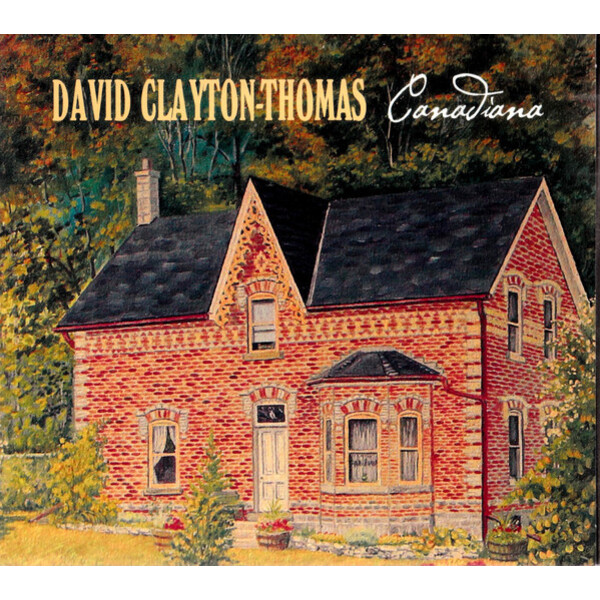
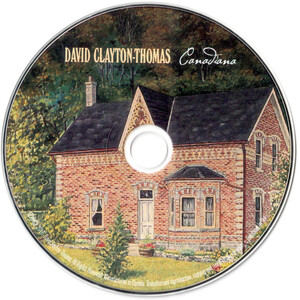

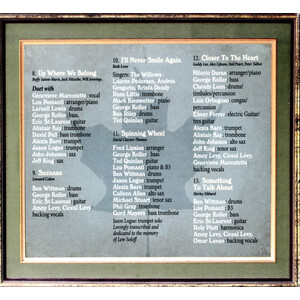
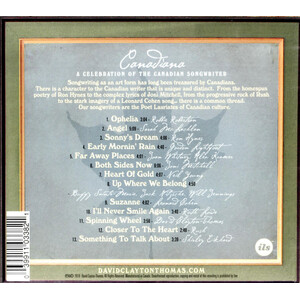
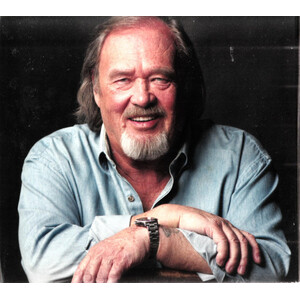
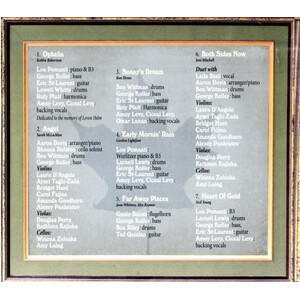
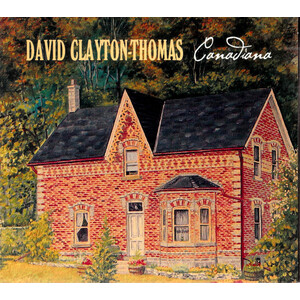
No Comments